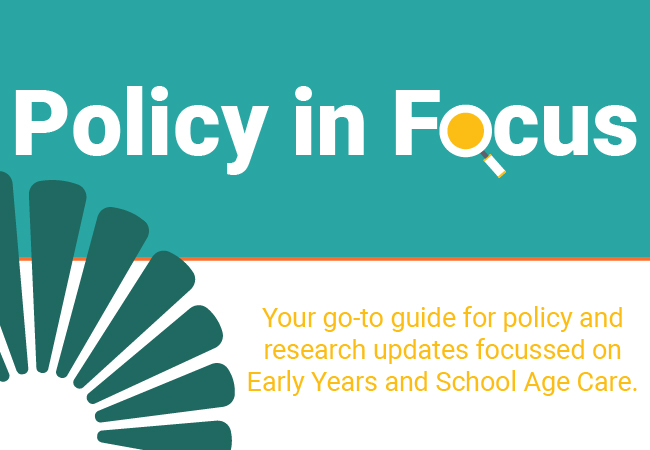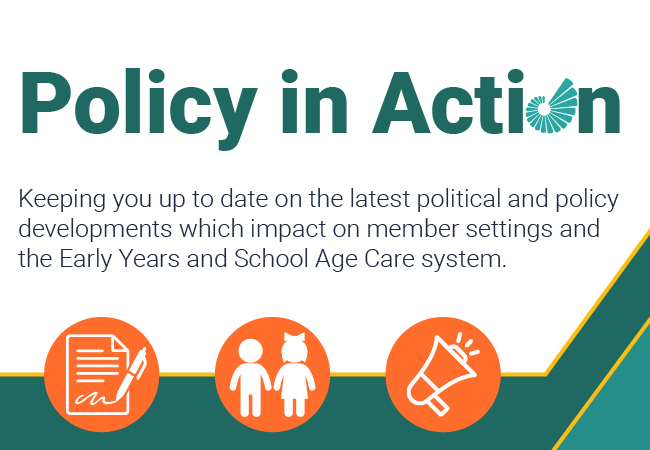How should we compare Early Learning and Care systems?

Comparative studies of early childhood education and care: beyond methodological nationalism is a recent article, published in the academic journal, Comparative Education, by DCU lecturer Dr Jennifer Guevera. This article argues that comparing ECEC systems at a national level is not sufficient and should instead be compared at a subnational level.
It details how cross-national comparisons have dominated research on ECEC systems. Focusing on nation-states as the unit of comparison can lead to disparities within countries being overlooked, along with the messiness that comes with ECEC systems.
The author illustrates the possibilities of the subnational approach by looking at two mapping research projects. The first project involved developing a subnational map of ECEC in Argentina, aiming to see the configuration of ECEC provision, regulation, and workforce at a provincial level. The second project involved developing a map of ECEC provision in Buenos Aires.
The early education system in Argentina is regulated by provincial ministries of education. Children from the age of zero to 2 attend nurseries and from ages three to five attend kindergartens. The last two years of kindergarten are compulsory. Nurseries and kindergartens can be run by the state or private providers under the state regulatory umbrella.
There are also Child Development Centres (CDI). These target marginalised children from 45 days old to four years. The Ministry of Social Development looks after the CDIs. they have fewer regulations, fewer resources and less guidance and supervision than the provision regulated by the Ministry of Education.
The first report showed the country has 24 ECEC landscapes with different types of disparities. Except for the national laws, the provision, funding, and regulation of ECEC is the responsibility of the provinces. This has led to ECEC policy developments following different paths. Therefore, apart from nurseries and kindergartens, young children attend a variety of different settings including compulsory school, infant school, annex classrooms and kindergarten nuclei.
Provinces also had to respond to local demand for the expansion of ECE provision. For example, infant schools were established in better-resourced provinces as an answer to the demands of working mothers in the 1980s. Although they continue to offer ECEC for children between the ages of 45 days and 5 five years old, after compulsory ECEC for five-year-olds was introduced, no new infant schools were established. This led to a limited number of infant schools coexisting with other types of settings that are exclusively for older children. When the settings created before the introduction of compulsory ECEC were not converted, they remained as an extra layer in ECEC provision.
Kindergarten nuclei were also set up as a reaction to local demand where establishing fully resourced kindergartens proved challenging in large areas with fewer resources and a dispersed population. Kindergarten nuclei involve isolated classrooms spread out in an area, providing access to childcare for families. One principal is assigned to cover five kindergarten classrooms with the principal and team rotating across the classrooms during the week. This format exposes how diversity and inequality can mould different ECEC provision landscapes across the provinces.
CDIs also take different forms across the provinces, as well as across municipalities. They can be funded, regulated and/or provided by the provincial or local department of social protection or by community-based organisations. This creates multiple combinations such as where CDIs can be regulated at the national level, funded by three levels, and provided by community-based organisations.
Examining this web of actors and levels and the relationships involved is key to understanding the ECEC system and possibilities for further integration. The research project also showed that the municipalities provide the majority of ECEC in Argentina, where it is meant to be the prerogative of the provinces. The project also showed that there is an unknown but extensive supply of privately run settings that are not under the scope of the Ministry of Education or Social Protection.
The mapping project of Buenos Aires showed an uneven distribution of several types of ECEC provision across different socioeconomic scenarios. The imbalance has two dimensions. The first involves the distribution of educational settings such as nurseries and care settings such as CDIs. The second dimension involves the location of private and state-managed settings.
The project showed that education settings are more oriented toward middle and high-income families, whereas care settings are seen as being for marginalised sectors. Nurseries are more concentrated in affluent areas such as the northwest and the intermediate regions such as central areas. Welfare services such as CDIs are mainly located in the south.
Internationally, there is a wide range of approaches to early years care and education. Our policy team often looks to other countries to compare different systems and see how Ireland measures up. We also look within Ireland and see how different regions compare.
If you have any questions on this article, where to find other academic articles like this or would like to engage with us, please contact our policy team.









